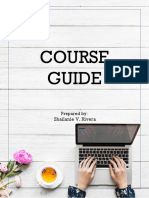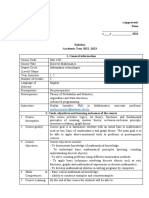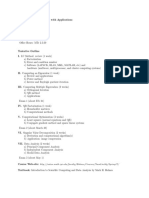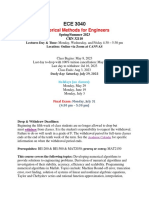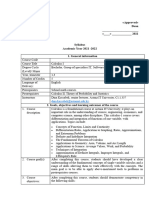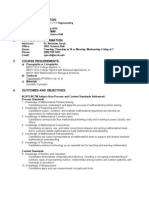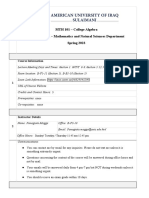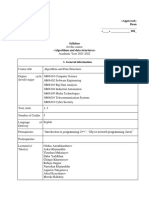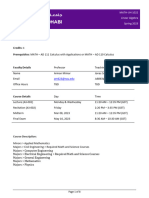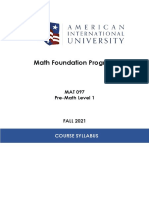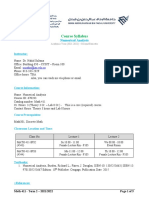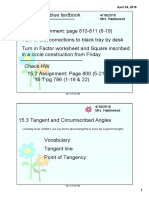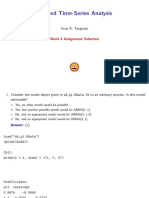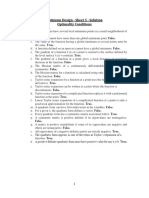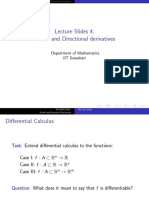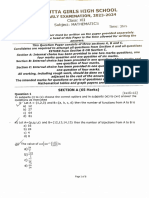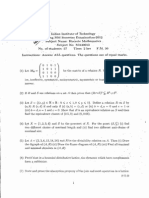0% found this document useful (0 votes)
156 views8 pagesLinear Algebra 2024-25
The document is a syllabus for the Linear Algebra course for the academic year 2024-2025, aimed at Bachelor students in IT specialties. It outlines course details including prerequisites, learning outcomes, assessment methods, and a detailed schedule of topics and assignments. The course aims to provide foundational knowledge in linear algebra, covering systems of equations, matrices, vector spaces, and eigenvalues, with assessments including homework, quizzes, and exams.
Uploaded by
turezhanov2007Copyright
© © All Rights Reserved
We take content rights seriously. If you suspect this is your content, claim it here.
Available Formats
Download as PDF, TXT or read online on Scribd
0% found this document useful (0 votes)
156 views8 pagesLinear Algebra 2024-25
The document is a syllabus for the Linear Algebra course for the academic year 2024-2025, aimed at Bachelor students in IT specialties. It outlines course details including prerequisites, learning outcomes, assessment methods, and a detailed schedule of topics and assignments. The course aims to provide foundational knowledge in linear algebra, covering systems of equations, matrices, vector spaces, and eigenvalues, with assessments including homework, quizzes, and exams.
Uploaded by
turezhanov2007Copyright
© © All Rights Reserved
We take content rights seriously. If you suspect this is your content, claim it here.
Available Formats
Download as PDF, TXT or read online on Scribd
/ 8











